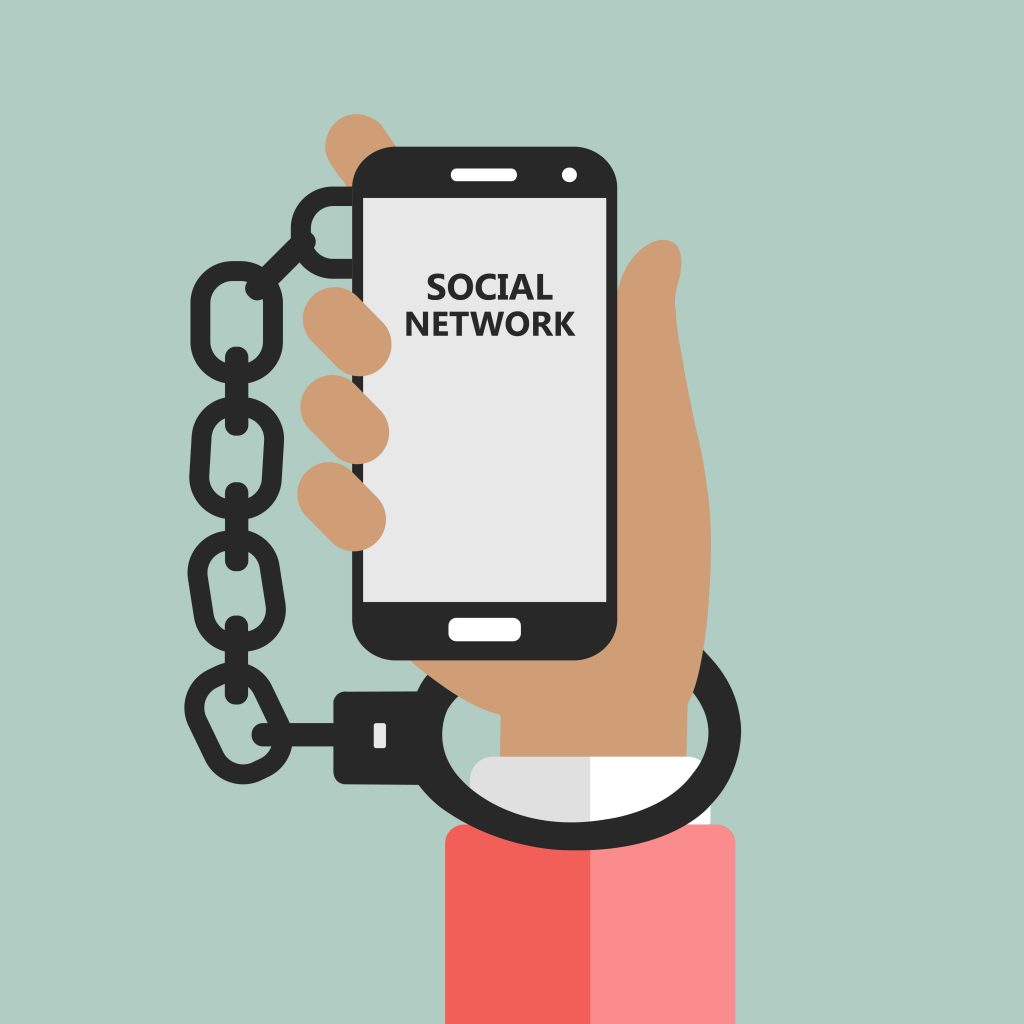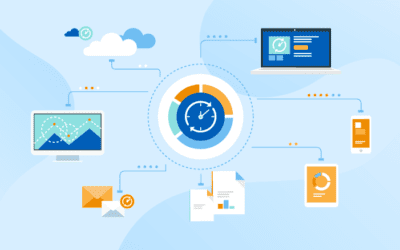In our previous post on Social Media and Screen Addiction, we spoke about just how big the problem of screen addiction is, and how it is related to “propinquity” (the fact that the things that are closest to us in physical space have the biggest effect on our psychological experience of the world). We also discussed the adverse impacts this has on our productivity and left you with the good news that this addiction can be dealt with. In today’s blog post we discuss how to do that, but before that, we spend a little more time understanding what it is about screens that make them so irresistible.
Why are Screens So Hard to Resist?
-
The Elimination of Stopping Cues
The lack of “stopping cues” make it very difficult to stop our consumption of information on social media. The “feed” we scroll is never-ending. Unlike, say a newspaper, or a book. When you get to the end, you know that is the end and you move on to other things. This is not true for screens. For example, the concept of “binge watching” is a fairly new concept. Earlier after the end of one episode, you knew you had to wait another day, or another week for the next episode to air. Today, “next” is the new default, and without us having to do anything. The auto-play on Netflix, or YouTube does it for us. Stopping cues no longer exist. This inevitably makes us spend more time than we used to spend before, engaging with screens.
-
The Promise of Instant Gratification
Social Media brought along with it the promise of instant gratification, and also the need for an instant validation. Every time you post something, you keep coming back to check how many “likes” your post has. And the thought of no one responding feels terrifying, almost invalidating. And so you go back again and again, to post and to seek and experience feedback and gratification.
-
The Power of Goals
Social media offers us a real driving force in terms of the power of goals. The goals of acquiring an ever-growing round number of followers, likes, shares, etc. While you may realize at some point that the addiction undermines you in the longer run, it is something you want to return to in the short-term again and again because it feels harmless, and you want to do it. This is true of a lot of screen experiences.
Tackling Social Media and Screen Addiction
The first step towards tackling social media and screen addiction is understanding the consequences of the same. Would you believe us if we said it has physical, financial, psychological and sociological consequences? Here is how –
- Physical: With the amount of time we spend on our phones and screens, we tend to move into a sedentary lifestyle, and hence there is less mobility in our already limited mobility lifestyles. Over use of screens impacts the eyesight. It can even be dangerous for us, and other people when we use our phones without paying attention to our surroundings – especially while walking or driving.
- Financial: Self-explanatory, if you are the kind who spend money on games/ apps.
- Psychological: As discussed in the earlier post, screen addiction has had a big impact on how we deal with boredom. Our attitude to boredom has changed to the extent that we cannot sit with our thoughts even for a few minutes. One seems to be ever so resistant to having an ‘idle experience’, and a notification is all it takes to get distracted and plunge into the screen world.
- Social: With an increase in dependency on screens, it is no surprise that how we experience time with people has changed. Most of our lives are spent in the virtual world – and isn’t that sad? With access to social media, we have the option to not be in the “now” and hence we are never really in this moment. We always have the option to escape the imperfect real world, to get to the perfect virtual world which is at our finger tips.
Tackling Screen Addiction
Now that we have a fairly concise idea about the hydra headed monster we are dealing with, we can look at what solutions we have to tackle it. At the outset, it must be said that it is not possible to completely abstain from social media and screens. We need technology for everything we do, and hence going cold turkey isn’t a good idea. However, here is how you can have a balanced experience and keep the addiction away.
-
Working on your Awareness
The foremost thing to do is being aware. Once you have taken stock of how much time you really spend on screens and social media, ask yourself what is it that makes you turn to screens and social media. For example, is this something you do to tackle boredom, or anxiety, or loneliness? Once you get to the core of the issue, and confront the reason, you will realize that your phone is probably not a solution and that these problems need to be addressed for real.
-
Setting Limits
It can be immensely useful to be mindful of your consumption of the virtual world. For certain times of the day, make it a point to not have your phone near you. Make it physically harder to reach your phone. Pick a time, set a basic rule, and tell yourself “between 6 PM and 8 PM I am not going to use my phone. I am going to indulge in mindful activities.” This will enable you to have richer, more real experiences. You will be creating the mind space to read, think and be creative.
-
Practicing mindfulness
How about swapping mindless scrolling for hours, for having a mindful experience of the real world? Once you have decided to put your phone away, think about the activities that you really wish you had time for, and immerse yourself. You can spend outdoors, or do things you have always liked, which will make you feel better about yourself.
Summing it Up
Remember that there is never an end to how much you can consume on social media – feeds are bottomless. Therefore, you have to force yourself to break away so that you can be mindful of your consumption and not let it hamper your productivity. The platforms we spend a lot of time on, are designed to encourage exactly that, i.e, mindless experiences in the forms of clicks and likes. It is always important to remember that you have a choice. And at some point, it pays to make that choice to step away.
We hope you enjoyed the two-part series, and it has helped you to gain some amount of perspective in understanding how screen addiction, social media and a loss of productivity are related, and how you can tackle screen addiction!
P.S. This series is inspired by the Calm Masterclass on Social Media and Screen Addiction by Dr. Adam Alter. Calm is a mindfulness and meditation app which offers guided and non-guided meditations. You can get it here.




